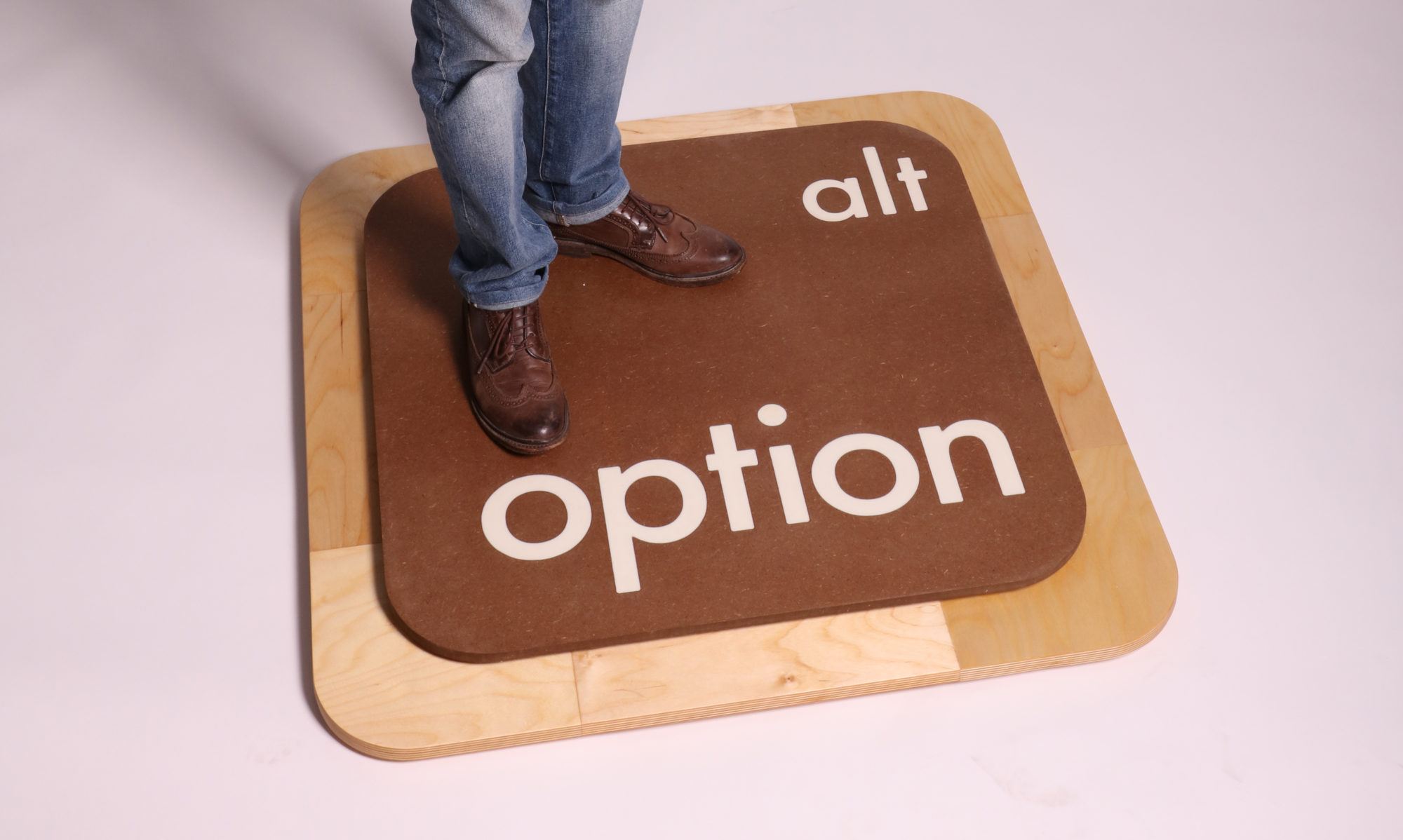Question Set 1
- What is the difference between a “working” and a “display” prototype?
- A working prototype is intended for evaluation and additional testing by play testers or potential publishers. A display prototype is only for the eye, appealing to chain buyers or distributors. They are typically polished to look appealing.
- What is required of a working prototype, and what might cause one to fail?
- A working prototype must include everything it takes to play the game, and not anything you have not tested thoroughly. Additionally, it should all come down to the gameplay. Don’t harp on small details and design choices. Something that might cause failure is not updating the rules to match changes in the game. For example, If I were to update the mechanics without specification, it would lead to confusion.
- What makes for a good prototype according to Dale Yu?
- First impressions, rules and manifestation, components, cards with card sleeves, stickers, paper, bits, bags and baggies, boxes, hardware, color printing, computer, laminating and the final impression.
- What advice from Richard Levy will help you pitch your game?
- Being prepared, being informative, selling yourself first, take rejection, ego control, realistic expectations, the selling season, multiple submissions, legitimate agents, prototypes and brand power.
- Where might you pitch your game?
- Companies, design consultants or even some online platforms. Campaigns can additionally be made to put your game out there.
- What do publishers look for in a game?
- Fun factors, player interactions, immediacy of play, strategy, theme, immersive experiences, solid rules/mechanics, innovative rulesets/components, compatibility with other products, correct target marketing, expansion potential, multi-language capability, easy demoing and collectability (if necessary).
- What makes a good set of Rules?
- Listing components, explaining a setup and descriptive gameplay. Card types (if an cards), examples, endgame and winning, as well as credits.
Question set 2
- Describe the best game you’ve made this semester in 200 words.
- At first, I thought my final revision was going to be my first game, which was Buccaneer Builders. Although I was heading in a good direction with this game concept, it wasn’t the best. My best game I’ve made this semester has got to be Baller Bros, which is what my final revision is going to be. I think that the simplicity and party aspect of Ballers Bros makes for a great game to play with friends. One of the things that Buccaneer Builders conflicted with becoming my best game was the complexity of it, with many play testers not understanding the mechanics fully. Baller Bros is not only simple; it is an immersive experience. The combines luck and skill, with immersive gameplay in bouncing basketballs into a hoop. I also like the design aspect of Baller Bros, maintaining simplicity while appealing to the eye. With a simple start to a game concept like this, I’m also open to many future iterations that could turn this into a more compound playing experience. The only thing I need to focus on is the rule set, because I have a history of not explaining mechanics well. Ultimately, Baller Bros also appeals to the large majority of people who enjoy playing basketball/beer pong.
Smash Brothers Tournament Review
The Smash Brothers Tournament was for a good cause, which was for Toys for Tots. Players were put into a bracket, with rounds that eventually lead to the final winner’s bracket. The game itself was Smash Ultimate, which is the most recent game in the series. This is the only Smash game that I’ve personally played, which is why I did decent in the tournament. I came second place, beaten by someone who combo’d me into oblivion. I played as Donkey Kong, and they played as Pokémon trainer. The thing is, DK is fun to play but has the biggest hitbox in the game. I should’ve picked someone who was faster and had a projectile, so I could better protect myself. DK is also very slow, so I am still learning how to master the timing of his moves. Smash Ultimate relies heavily on timing, precision and quick-thinking, so playing a clumsy gorilla is tricky. Pokémon trainer is able to be fast, which outpaces my character. This is the importance of learning about your own character’s timing.
Back to what I was mentioning earlier, combos are important in racking up damage. Since Pokémon trainer was fast and my character had a huge hitbox, I was susceptible to getting combo’d. This doesn’t mean he didn’t deserve the win, because it is still hard to chain attacks. If only I can practice more, I can confidently enter arenas better at the game, knowing how to prevent getting combo’d.
